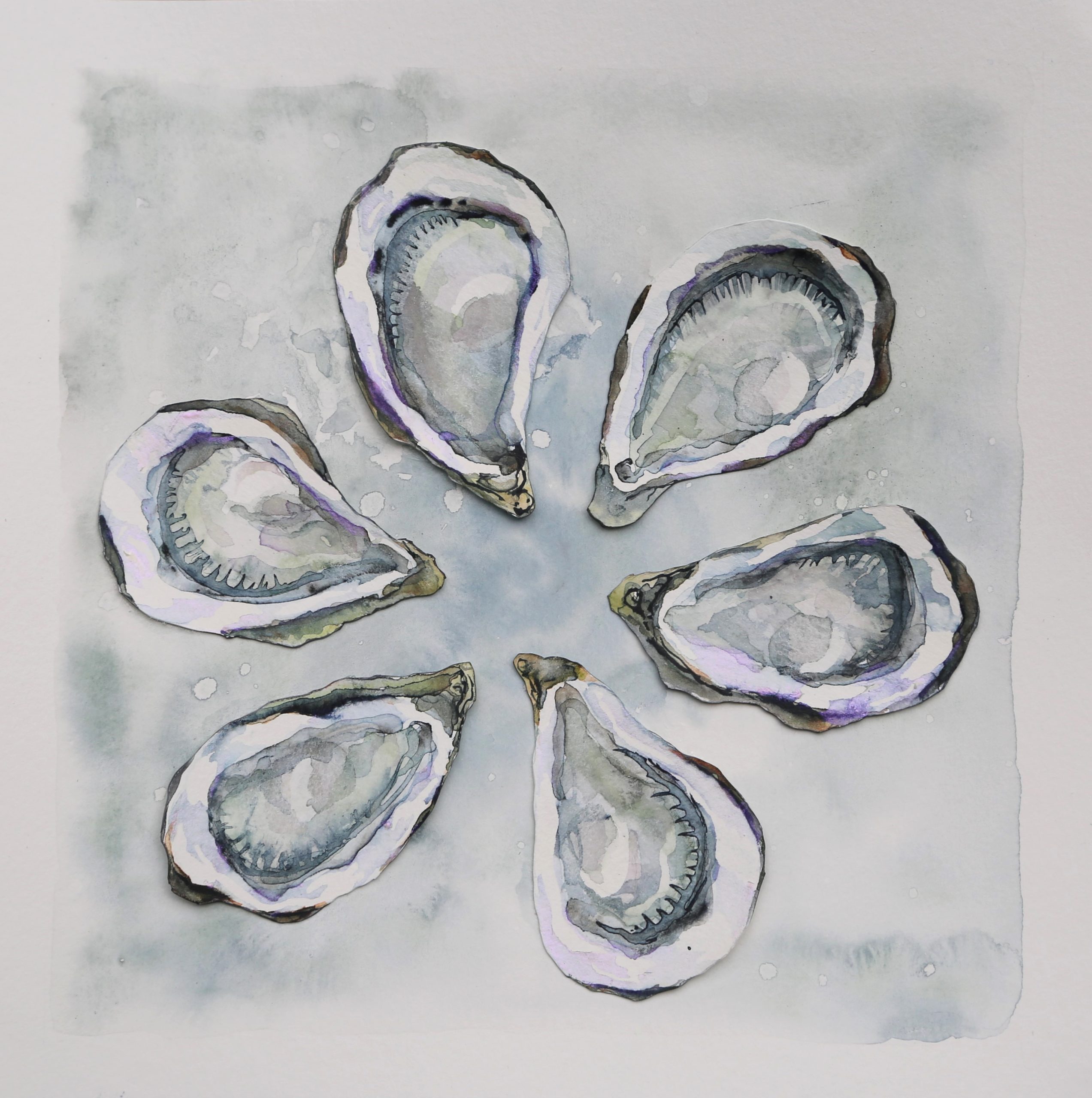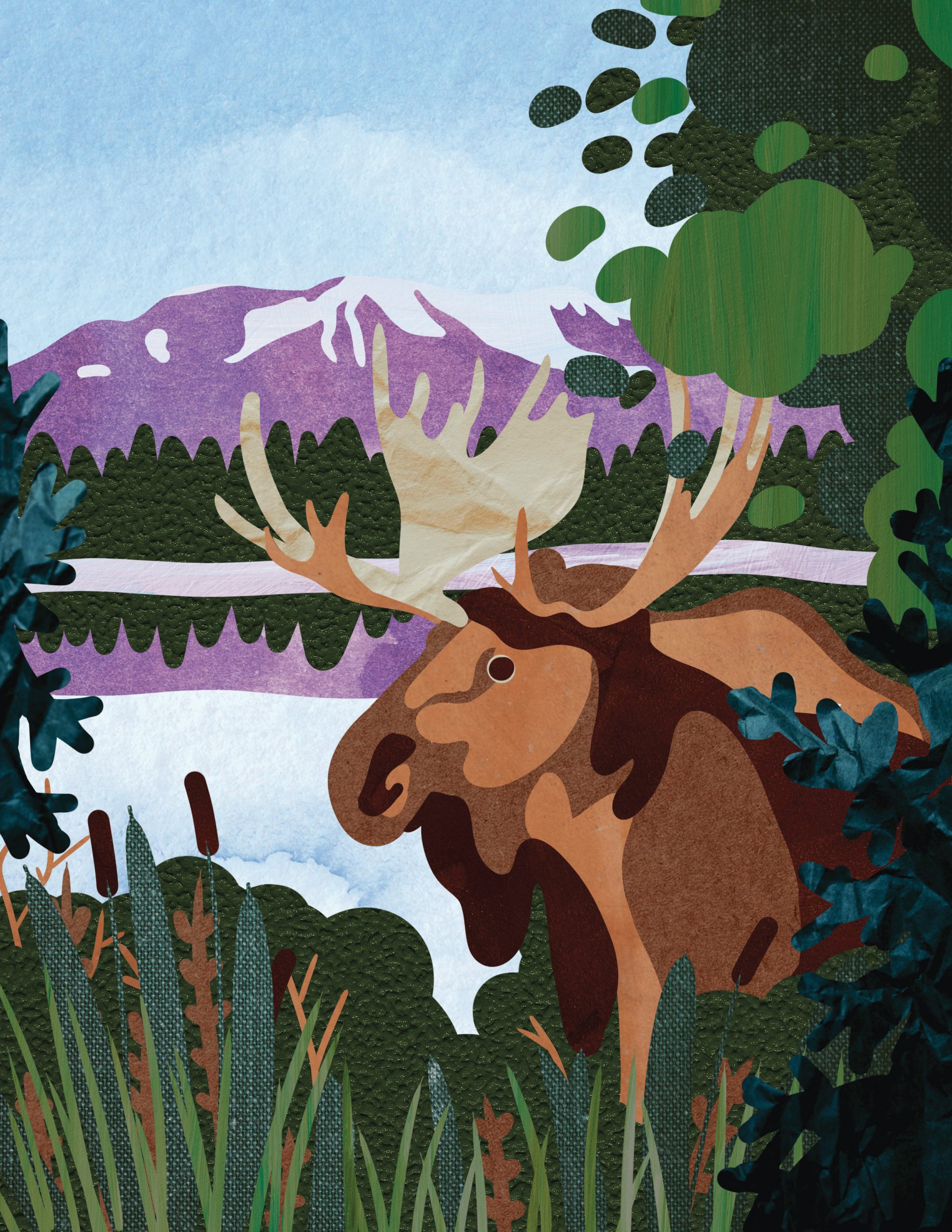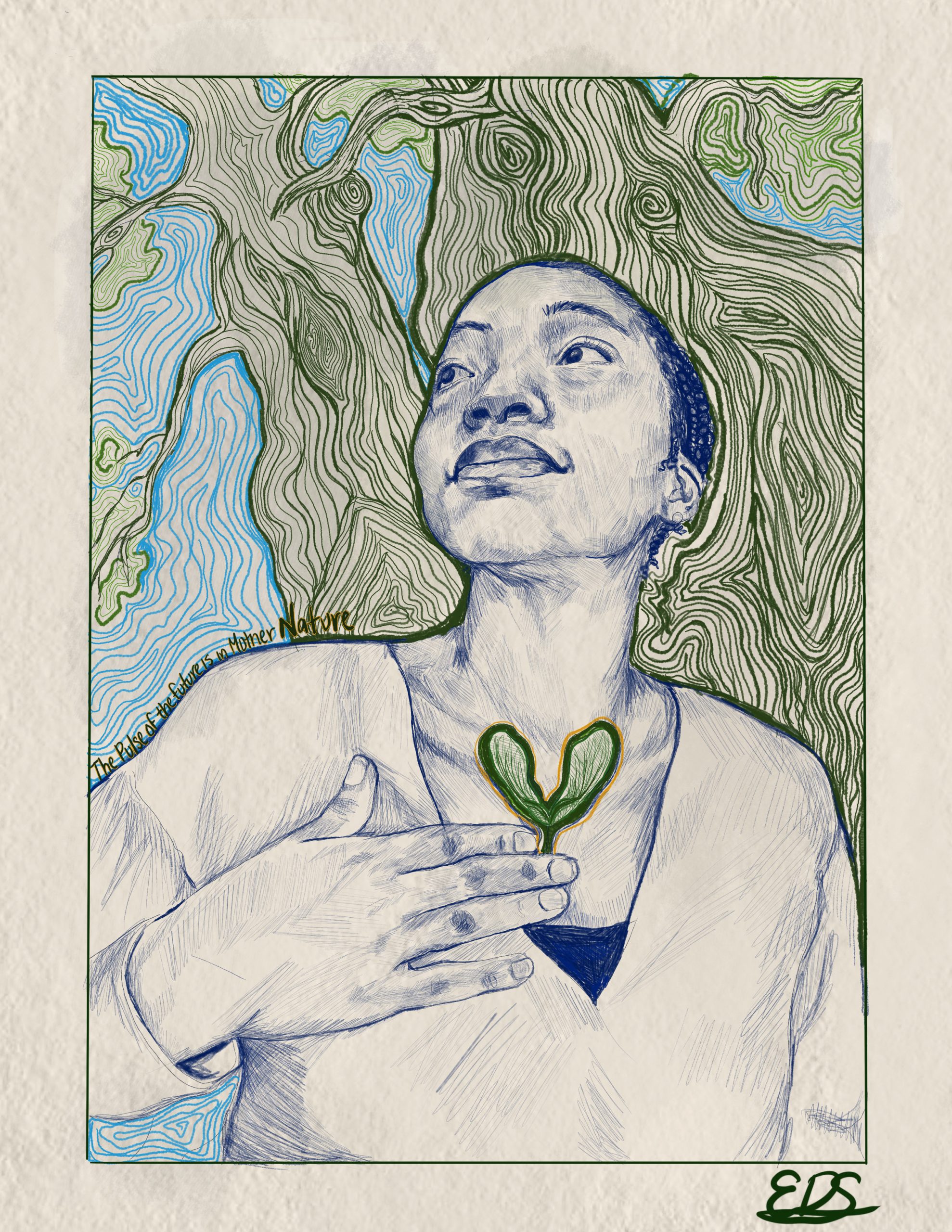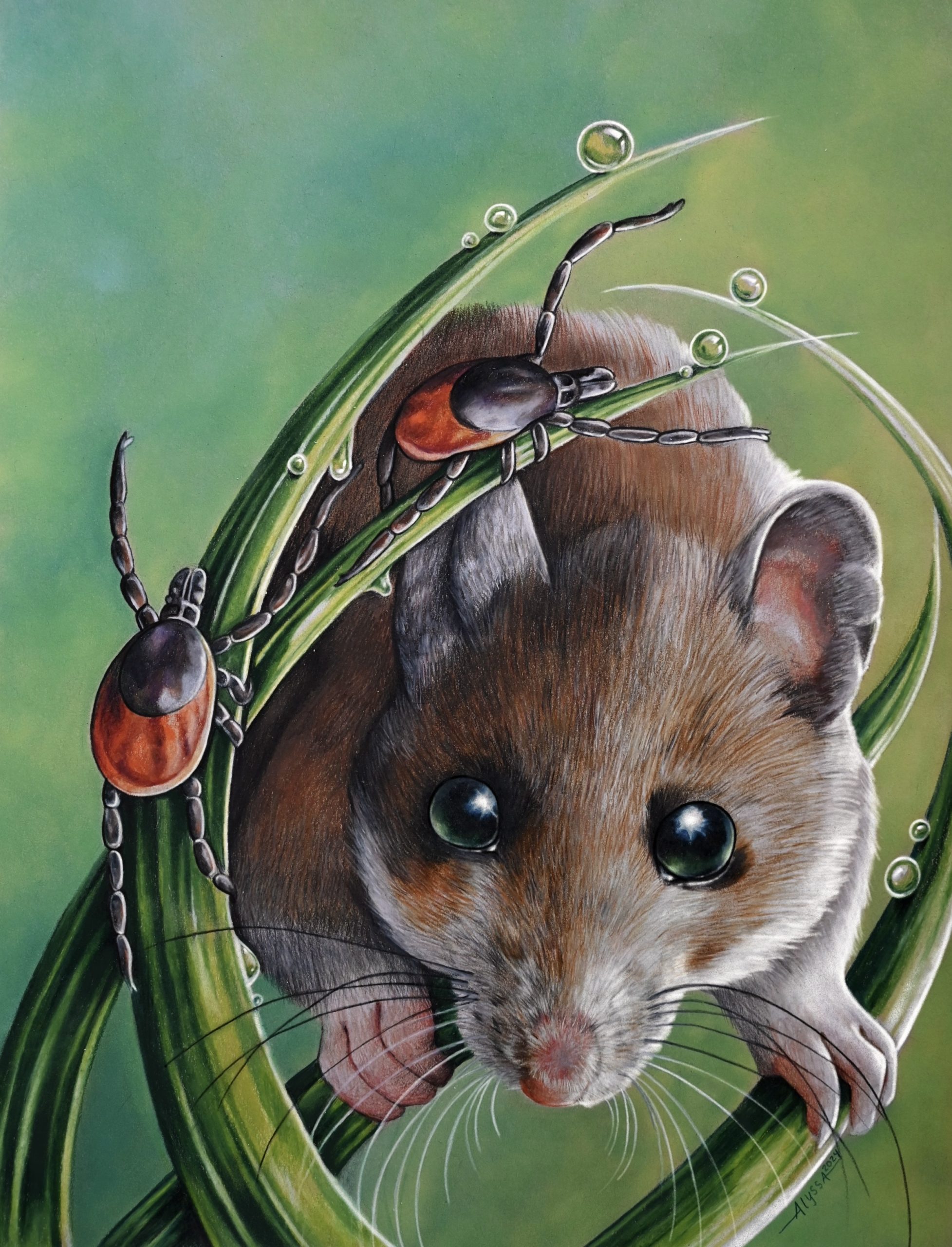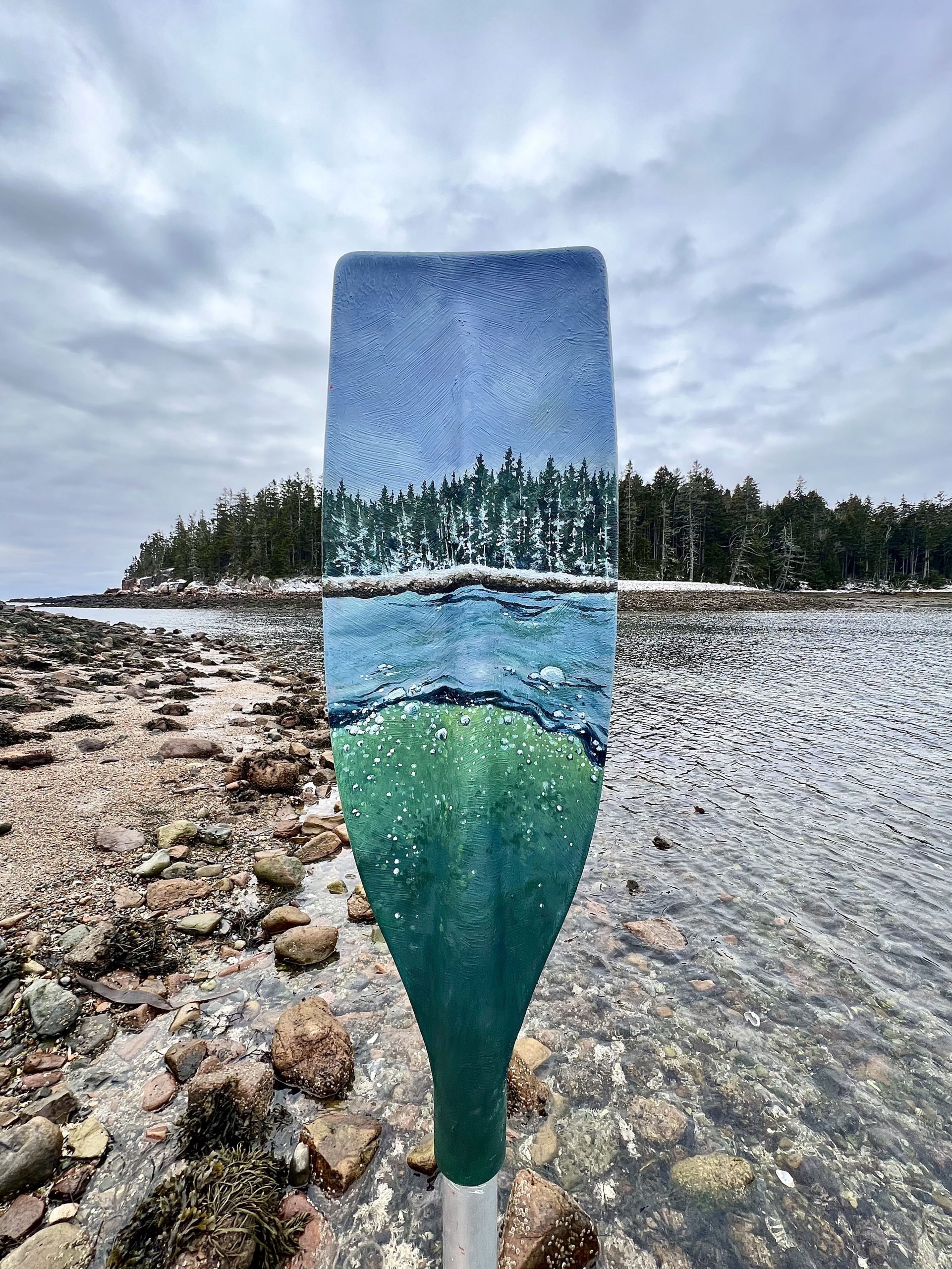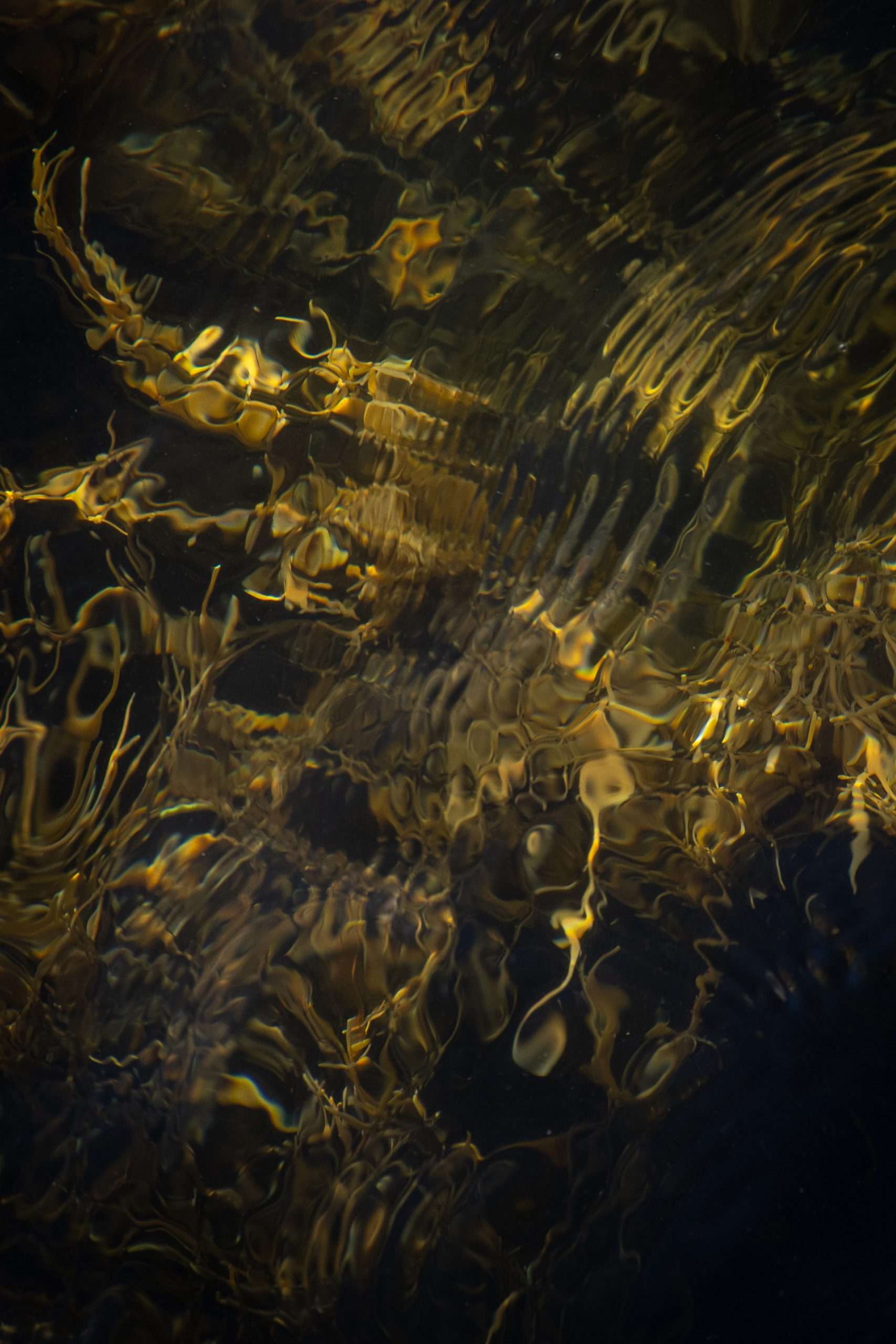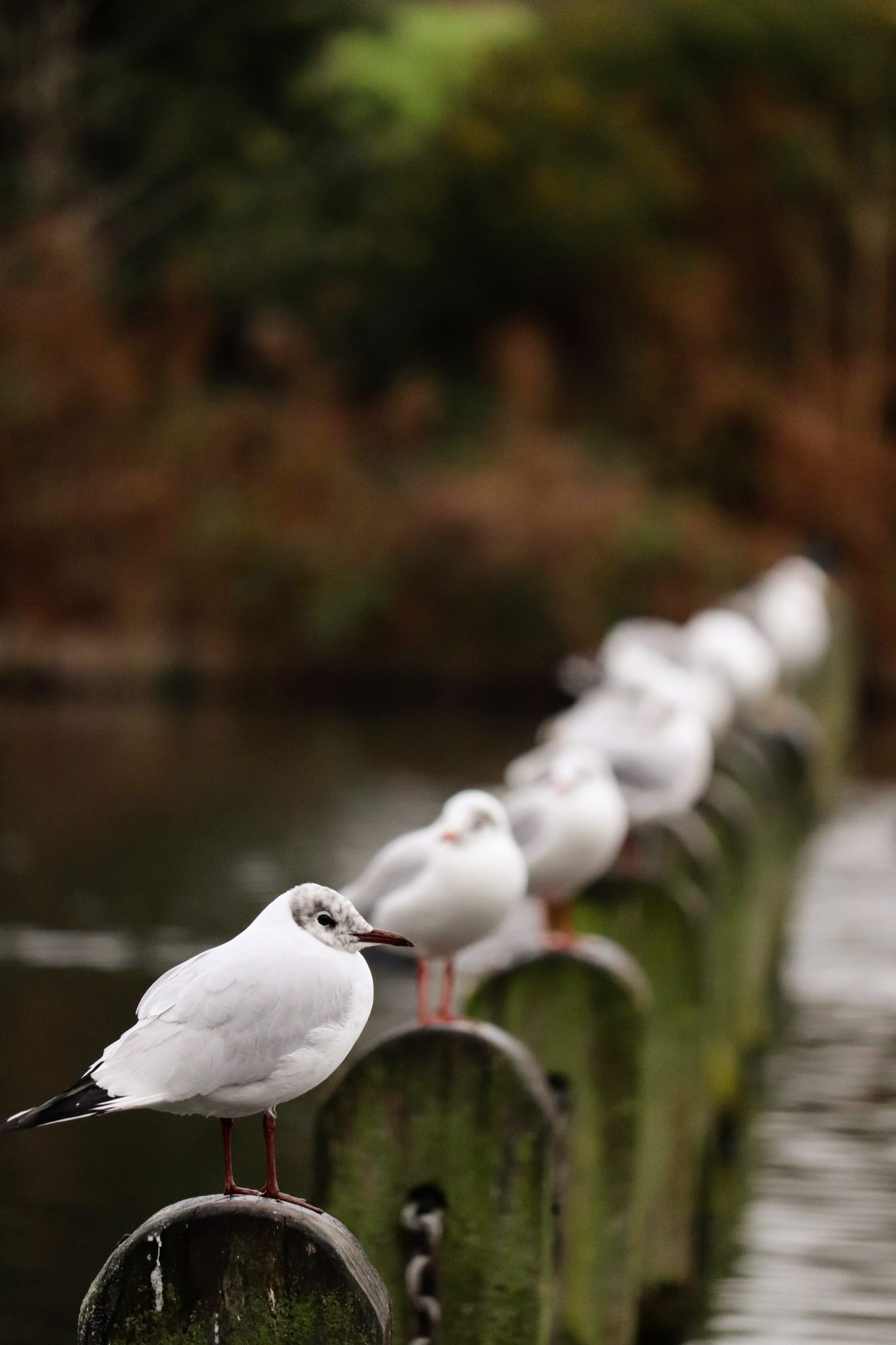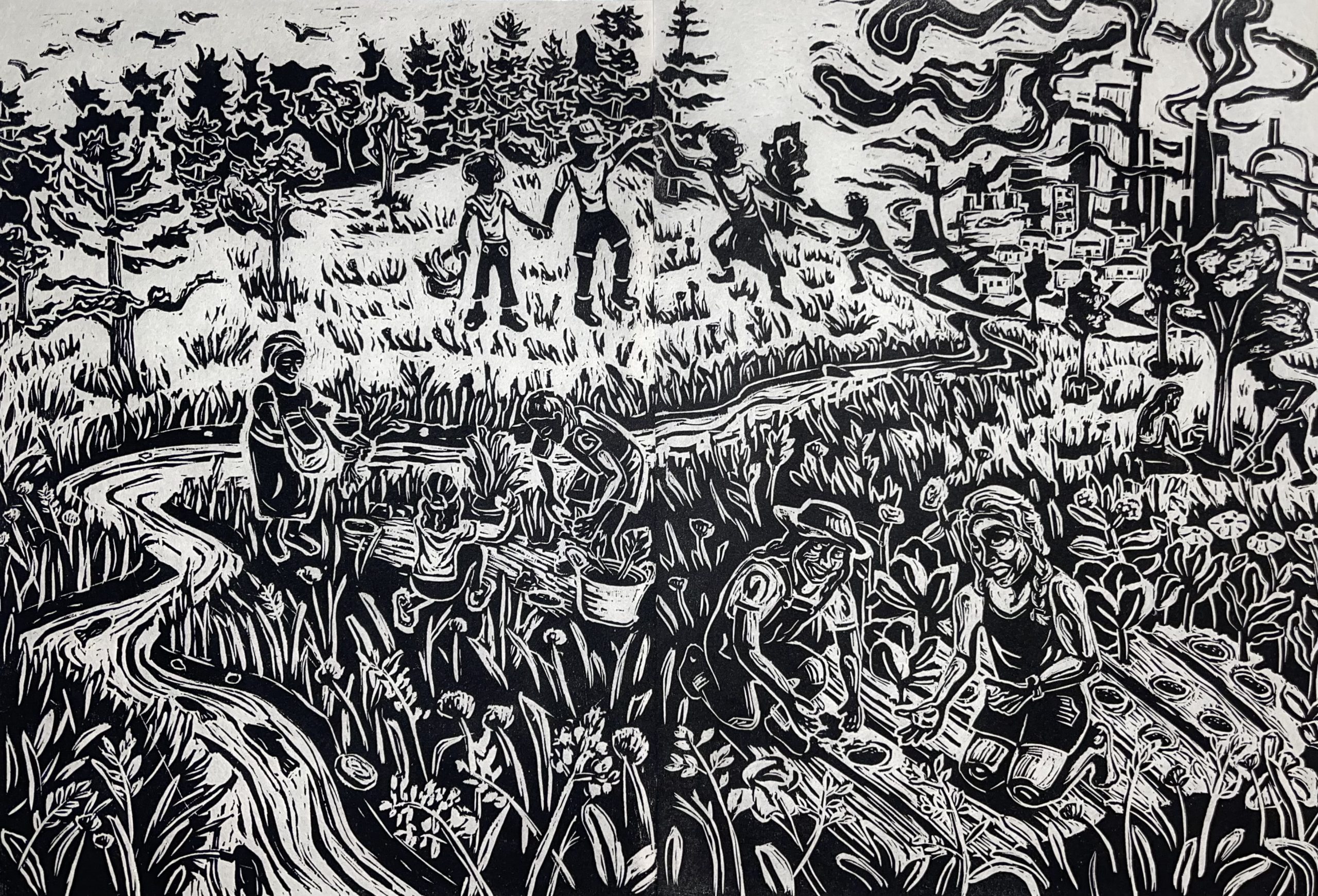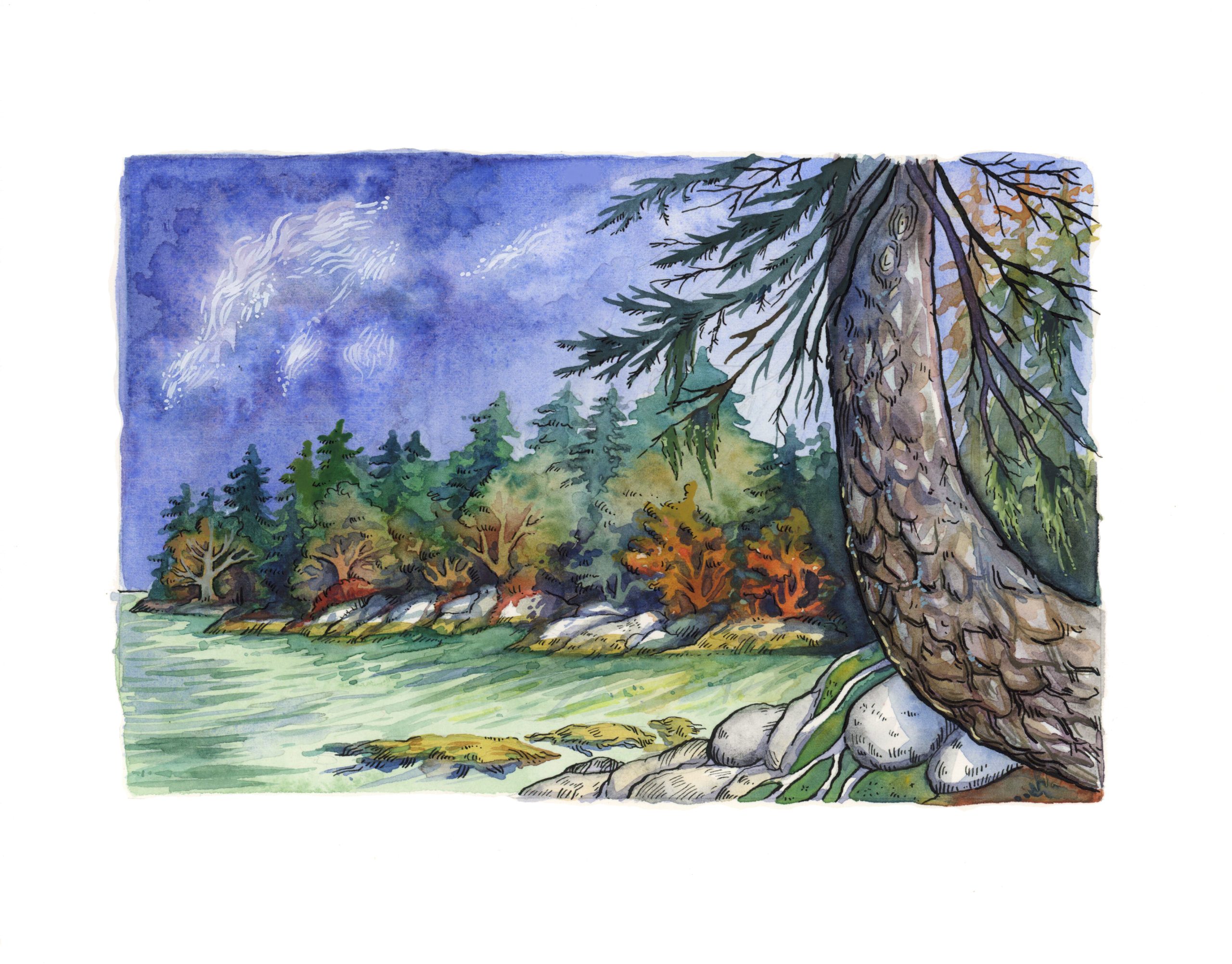Spire 2024 Issue
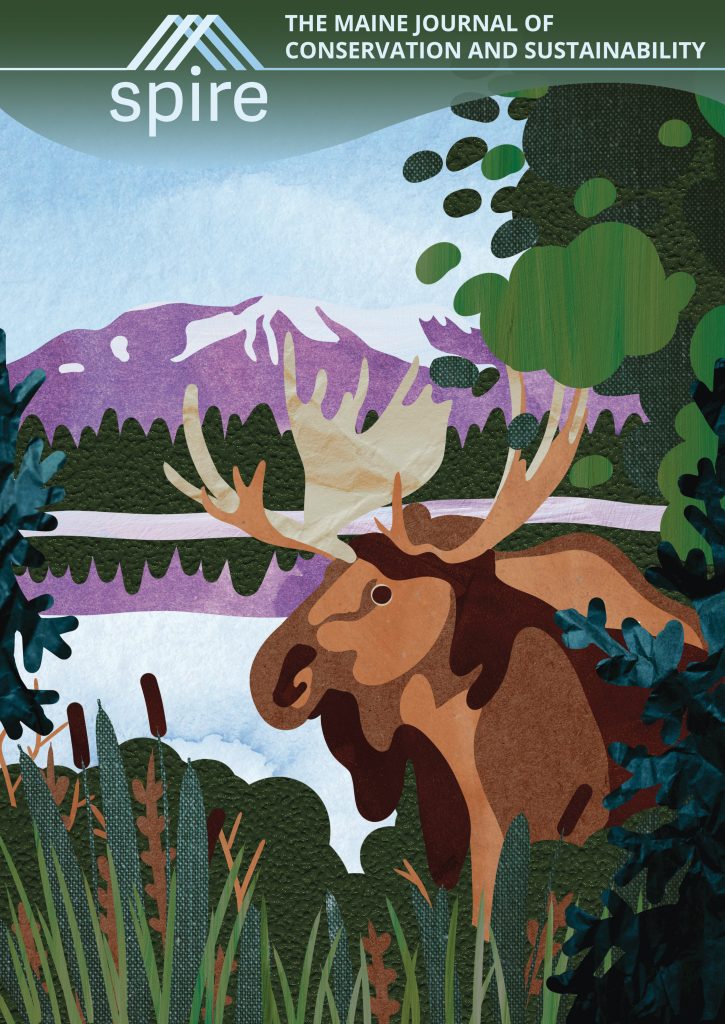
Forest Fire
Finlee LeBouef
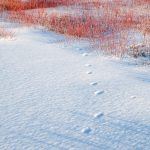
It’s October again
the whole world sighing into itself, breathing out sunset
orange red and yellow swaying aspens, dancing in clouds brought down to earth.
Fall doesn’t look like where I grew up.
It looks like long rolling plains fading from green to brown,
like a grass blanket skyline,
like snowmelt rivers changing
from white water rough to sleepy winter winding.
Continue Reading
We, the impossible seeds of life
Nola Prevost
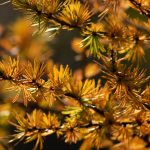
We, the impossible seeds of life,
We Sing tales of days past
As if it is not the present
We are hoping to serenade.
And We, the stewards of the land,
We Sail over great bodies
As if it is not our own brethren
In the shadow of the hull.
Continue Reading
Alice M. Hotopp, Bailey P. McLaughlin, Hannah N. Mittelstaedt, Melanie B. Prentice
Scientific writing aims to stand objectively – to distance the ecologist from the ecology. Here we begin with, and then break from, the standard format of a scientific Abstract (the brief summary of a research paper). As students and practitioners of ecology, we shed the norms of scientific writing to more expansively explore what our research teaches us about connections between the natural world and ourselves.
Continue Reading
Carbon Debt Trading
Tovin Gordesky-Hooper
Many market-based climate solutions try to avoid the slow pace of international climate agreements. Unfortunately, market-based solutions often ignore and exacerbate existing social problems (Ciplet & Roberts, 2017, 148). Carbon pricing systems can be an important piece of the puzzle for solving climate change. However, the most popular pricing system, cap and trade, has issues with fairness and impact. Cap and trade is a pricing system where corporations get allowances to pollute, which they can trade. The allowances have value, since polluters are limited to a certain amount of total emissions. The impact of cap and trade could be improved by charging debts rather than giving allowances to polluting corporations. Then, the money could be sent to the communities where the pollution is occurring. This would benefit the communities that are affected by the carbon-intensive industries. This improved system could be less politically feasible since it goes against powerful corporate interests. However, it
will be stable since it will create a base of people whose jobs depend on this policy.
Continue Reading
Olivia Box
A few years ago, I was standing in the middle of an 11-acre clearcut, hidden amidst the woods of Vermont. It was a small harvest, but it stretched on like an open wound. A few foresters were leading this tour, discussing the cut—how many trees they took, why, and what will grow back.
Continue Reading
Sara Delaney
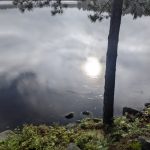
The rain came down heavy during the night, a comforting sound on the roof.
We were sleeping at a friend’s “camp” – up in the north of Maine, Millinocket.
It was quiet there, peaceful. The little houses were right on the lakeshore.
Large long lakes that connected, diverged, plenty of space for swimmers, canoers, fishers, people sitting and looking and chatting.
Continue Reading
Poetry Series: Stillwater River; Child of the Leaves
Chris Gardner
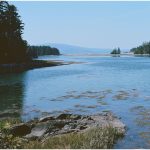
I’m looking out now
I’m trying not to
look in
at the Stillwater silhouette
still water
just still
listening to Canadian geese too late who
have missed their moment and wait for it
to come back
Continue Reading
Poetry Series: Five Haiku Sequences
Joshua St. Claire
the Angelus
a chickadee pecks
through sillion
Decoration Day
another year without
the scent of lilacs
robin’s nest
a cowbird flings down
the sky
Paschal Moon
at the feet of St. Teresa
fleabane
Continue Reading
Poetry Series: From the Riverbed; The Sculptor
Emerson Rinehart
If you did not hear me
Crying out against time,
Come to this shady stream side.
If you never saw me
Throw sand against wind,
Stand by this mound of stone.
And if you never found me
Fighting my one barren battle,
Reach and pick fruit from my tree.
In this kind curse you are given,
Over lands still paled by our scars,
Hear the passion that ceaselessly screams.
Find rebellious fire
In the hearth of desire
And the song to lull you to sleep.
Continue Reading
Poetry Series: Today; (my) Exploit; Your Blue-Move
Sydney Read
Remember your hands, gentle burrower.
Return them to the earth—
yes, that there, the dirt!
The patch below your window will do.
You, creature! You, friend to worms!
Continue Reading
Reflections from a Season in the North Woods
Eddie Nachamie
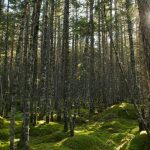
It is twilight, and I am huddled in my orange tent. The day is done and my body aches. My feet are sore, blistered, and worn. My body is itchy and dirty and I am covered in forest grime. I notice the outline that mosquitoes and spiders make on the bright background of my yellow rainfly. There is a dull buzzing that underlies the quiet of the woods. Moonlight shines a purple glow across the lake and allows enough light for my favorite activity at this time of day: reading. I am engrossed in a book by Kenzaburō Ōe, and it keeps my mind alight while my body pleads for rest. His fantastical worlds and lurid wordscapes take me on journeys through a bygone era. This quiet time of reading and contemplation is one of the best parts of my day. There is no service around me for miles. I am at least two hours from established civilization. This solitude is a place that is intimidating but unavoidable. I have never spent so much time in such remote places.
Continue Reading
Engaging Undergraduate Students in Local Stream Connectivity Issues by Measuring Environmental DNA from Anadromous Fish
Kendra Harmon-Bolding, Abbigail Hreben, and Jason Kuhn
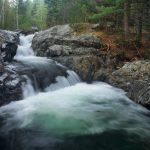
Many species of North Atlantic anadromous fish have experienced severe population declines in the past several decades. One major cause of these declines is believed to be reduced access to spawning streams caused by dams and other impoundments. In Maine, efforts are underway to increase migratory species’ access to historic watersheds by removing barriers and improving fish passage, with the goal of revitalizing Atlantic salmon and other anadromous fish populations. The use of environmental DNA can enable researchers to measure species presence in bodies of water, providing a fast and powerful tool to monitor population changes over time. Here, a single-semester undergraduate project is described in which students track select species using environmental DNA analysis. Before applying these methods to natural waterways, students first validated eDNA procedures using water samples from hatchery tanks which contained high levels of eDNA from a target species. The goal of this project is for students to participate in ecological monitoring in order to increase their awareness of local conservation issues.
Continue Reading



